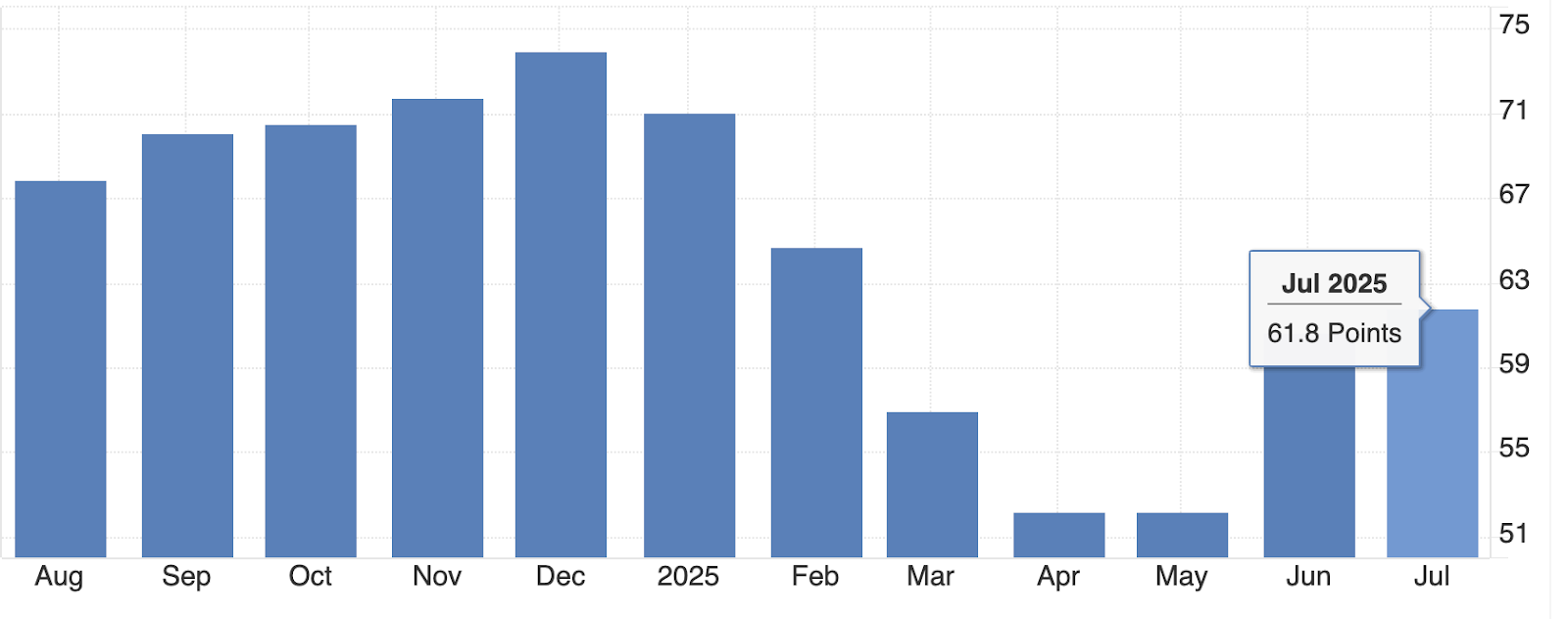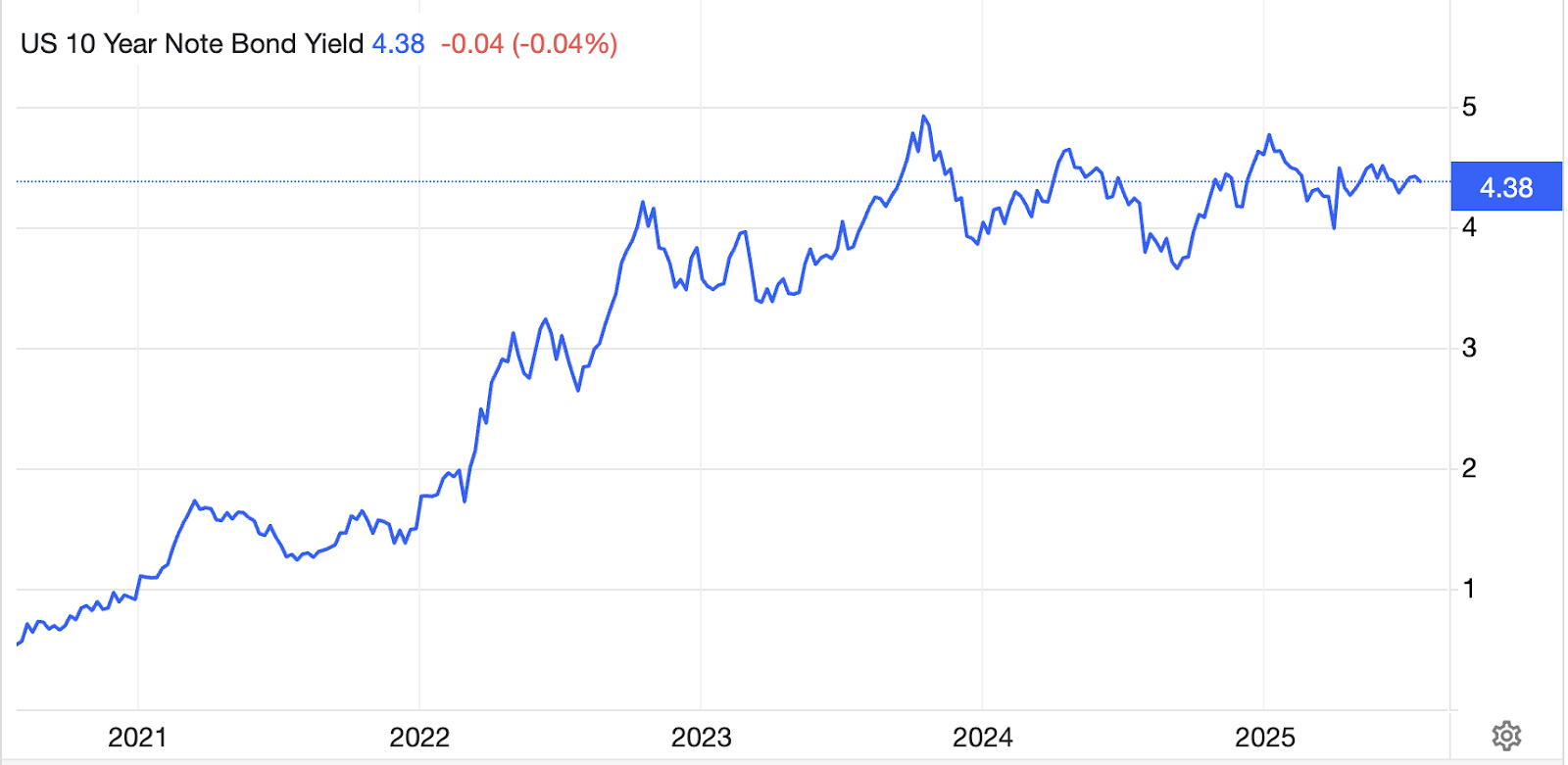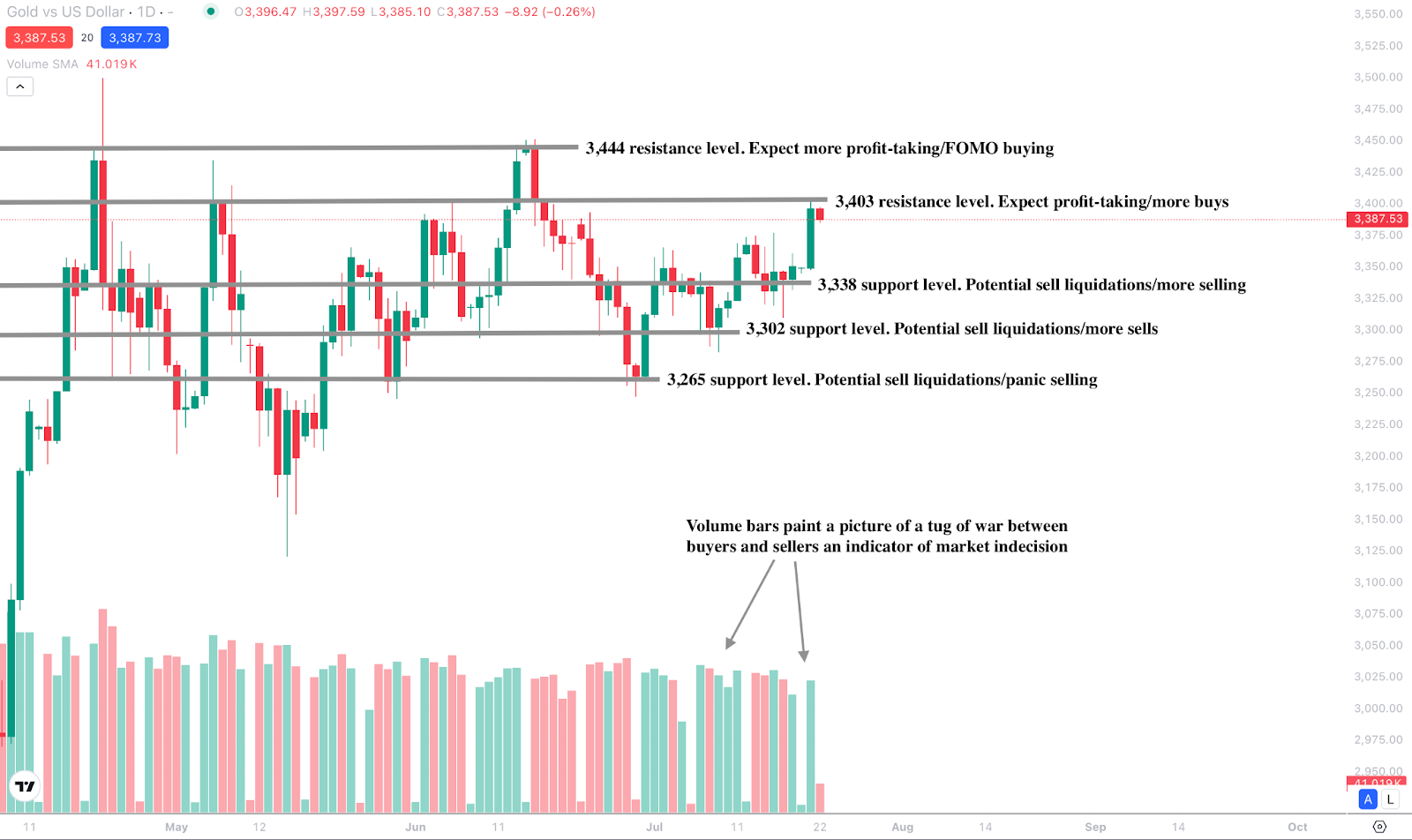The safe haven trade is not just about crisis anymore

Once upon a time, investors rushed to gold only when the world looked like it might catch fire. War, recession, a market meltdown - cue the stampede to safety. But lately, something curious is happening. Gold is climbing, the dollar is wobbling, and safe-haven demand is on the rise… while the headlines are, well, not exactly screaming doom.
So what gives?
According to analysts, the safe-haven trade isn’t just a panic button anymore - it’s becoming a permanent fixture in portfolios. With mixed signals from central banks, political noise that never quite fades, and inflation that may or may not be lurking around the corner, investors are hedging not just against crisis but against confusion.
Gold price trends: Climbing without a panic
Gold prices have gained over 1%, hitting a five-week high. The usual suspects? A weaker US dollar and lower Treasury yields - the classic conditions for gold to shine. But what’s different this time is the backdrop. Instead of clear-cut panic, we’re seeing a muddled blend of upbeat consumer sentiment, vague trade threats, and central bank indecision.
For example, the University of Michigan’s Consumer Sentiment Index just came in higher than expected, suggesting Americans are feeling pretty chipper about the economy. It’s not exactly a flashing red alert, but gold is rising.

Why? Because beneath the surface of that optimism, there’s a gnawing sense that the macro picture isn’t as clear as it looks.
Gold trading during economic uncertainty
One major source of unease? The 1 August tariff deadline set by former President Trump, who’s threatening to slap steep levies on major economies, including up to 20% tariffs on the EU, even if a deal is struck. It’s hard to plan around that kind of unpredictability.
At the same time, the Federal Reserve has become something of a wildcard. Governor Christopher Waller recently supported a rate cut as early as July, while others at the Fed are urging patience. Add to that a rising chorus questioning the Fed’s leadership structure - with talk of replacing Chair Jerome Powell - and you’ve got the perfect recipe for investor jitters.
In this environment, gold isn’t just a hedge against collapse - it’s a hedge against noise.
Federal Reserve policy: Is confusion now a catalyst?
Experts now claim that the safe haven bid today is being driven by something more subtle than fear - it’s driven by doubt, and doubt has staying power.
Gold is benefiting not because the economy is falling apart, but because nobody’s quite sure where it’s going. Will inflation spike if tariffs hit? Will the Fed blink or hold steady? Is consumer optimism sustainable, or just a lagging reaction to old data?
Markets hate mixed messages, and they’re getting plenty of them. So, rather than wait for a blow-up, investors are choosing to stay hedged, according to analysts. Safe havens like gold are no longer seen as reactive panic plays - they’re being treated as strategic insurance in an uncertain world.
A range-bound market with range-bound thinking
Still, traders aren’t piling into gold with both feet. The price action remains range-bound, as many wait for stronger confirmation before placing bigger bullish calls. With the metal sitting just below a multi-week resistance level, there’s caution in the air.

Some are watching for fresh catalysts, like global PMI data later this week, to determine if gold breaks out or pulls back. But regardless of the short-term swings, the structural case for gold looks strong at the moment.
The dollar is still under pressure, yields remain low, and the Fed’s next move is far from certain.

Add in unpredictable trade policy and a dash of geopolitical friction, and you’ve got enough ambiguity to keep the safe-haven trade humming.
Gold technical outlook: The new safe-haven mindset
So here we are - in a world where the economy looks fine on the surface, but investors are still quietly buying protection.
The safe haven trade is no longer a panic-induced stampede into gold at the first sign of chaos. It's evolving into a steady, strategic allocation - a way to stay anchored while navigating murky waters.
Because in 2025, risk doesn’t always arrive with flashing lights. Sometimes, it creeps in quietly, wrapped in mixed data, unclear policy, and leaders who keep markets guessing. And that’s exactly the kind of uncertainty gold was built for.
At the time of writing, Gold’s uptick looks to be slowing down at a resistance level within a sell zone, hinting at a possible downturn. The volume bars, on the other hand, paint a picture of market indecision and a possible consolidation channel phase. Should we see a further uptick, prices could be held at the $3,403 and $3,444 resistance levels. Conversely should we see a downturn, prices could be held at the $3,338, $3,302, and $3,265 support levels.

Disclaimer:
The performance figures quoted are not a guarantee of future performance.



